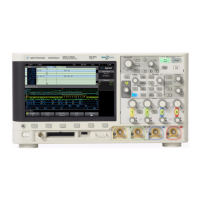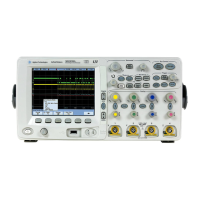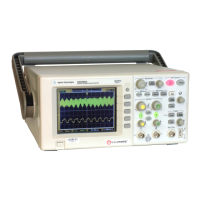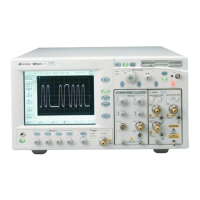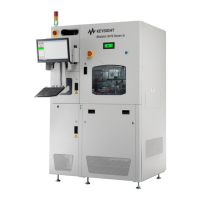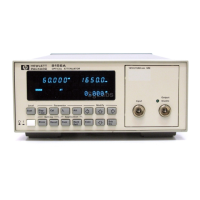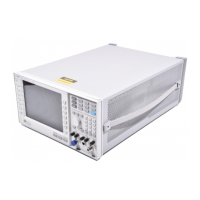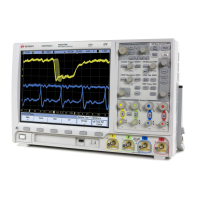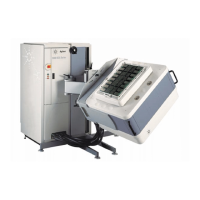s1
877
Agilent InfiniiVision 3000 X-Series Oscilloscopes
Programmer's Guide
31
:TRIGger Commands
Control the trigger modes and parameters for each trigger type. See:
• "Introduction to :TRIGger Commands" on page 877
• "General :TRIGger Commands" on page 879
• ":TRIGger:DELay Commands" on page 889
• ":TRIGger:EBURst Commands" on page 896
• ":TRIGger[:EDGE] Commands" on page 901
• ":TRIGger:GLITch Commands" on page 907 (Pulse Width trigger)
• ":TRIGger:OR Commands" on page 916
• ":TRIGger:PATTern Commands" on page 918
• ":TRIGger:RUNT Commands" on page 927
• ":TRIGger:SHOLd Commands" on page 932
• ":TRIGger:TRANsition Commands" on page 938
• ":TRIGger:TV Commands" on page 943
• ":TRIGger:USB Commands" on page 953
Introduction to
:TRIGger
Commands
The commands in the TRIGger subsystem define the conditions for an
internal trigger. Many of these commands are valid in multiple trigger
modes.
The default trigger mode is :EDGE.
The trigger subsystem controls the trigger sweep mode and the trigger
specification. The trigger sweep (see ":TRIGger:SWEep" on page 888) can
be AUTO or NORMal.
• NORMal mode — displays a waveform only if a trigger signal is present
and the trigger conditions are met. Otherwise the oscilloscope does not
trigger and the display is not updated. This mode is useful for
low- repetitive- rate signals.
• AUTO trigger mode — generates an artificial trigger event if the trigger
specification is not satisfied within a preset time, acquires
unsynchronized data and displays it.
AUTO mode is useful for signals other than low-repetitive- rate signals.
You must use this mode to display a DC signal because there are no
edges on which to trigger.
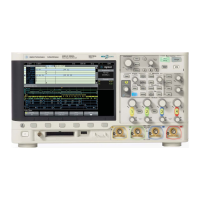
